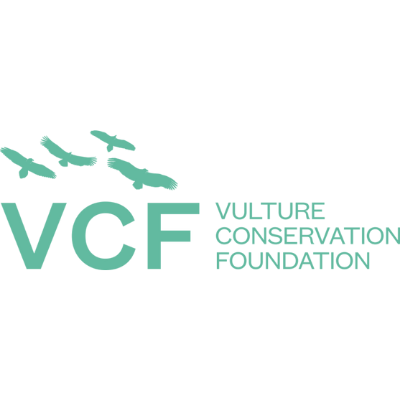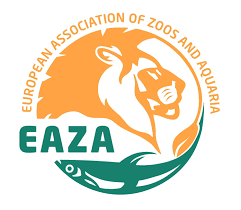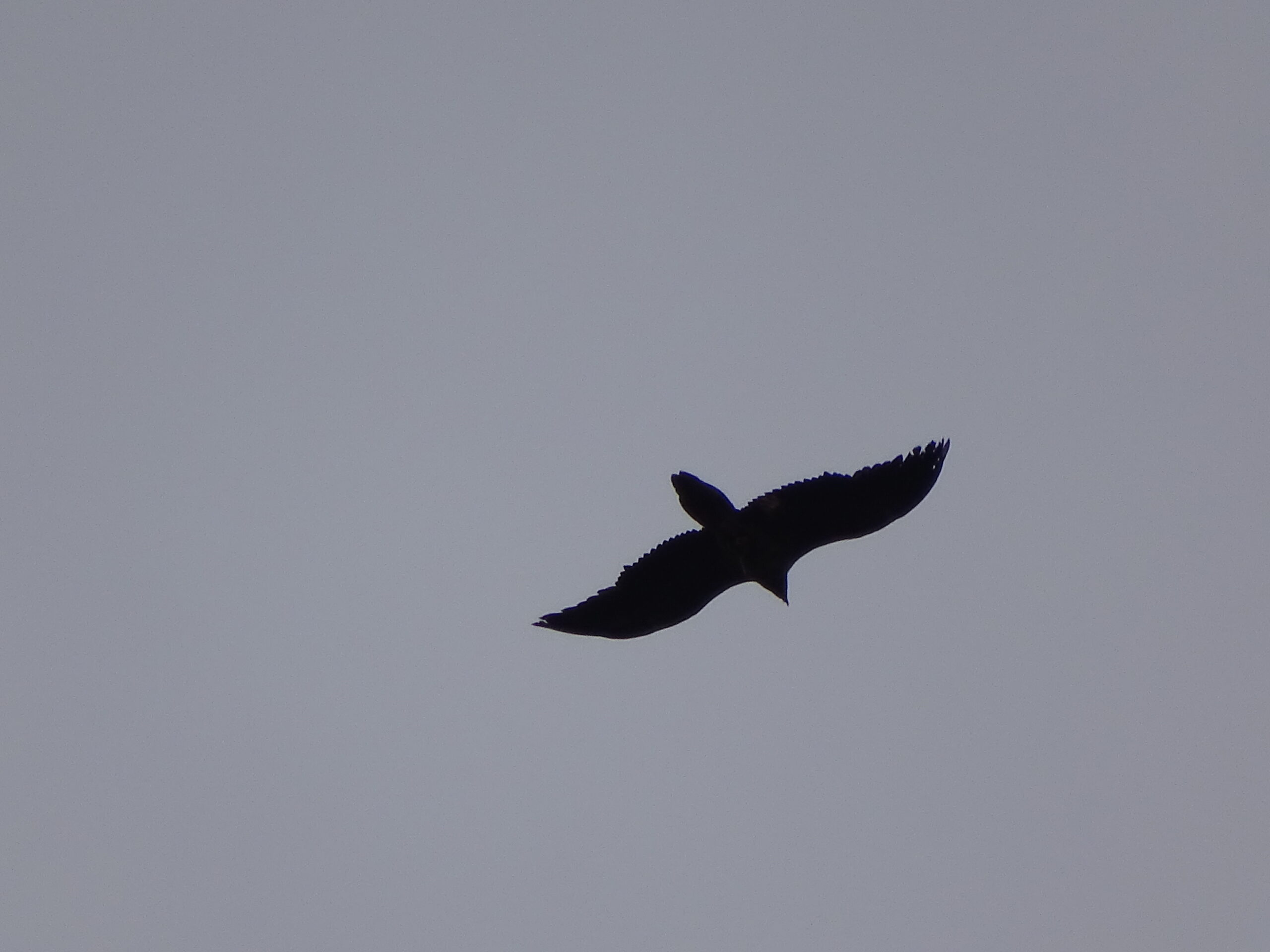
Andalusia’s wildlife welcomed new inhabitants! The latest release of four captive-bred Bearded Vultures in Cazorla and Castril strengthens the ongoing efforts of the reintroduction project in Andalusia.
Breeding the species in captivity for a life in the wild
Captive breeding plays an essential role in οur work restoring Bearded Vultures populations to regions where they disappeared or are under threat. Today, the Bearded Vulture Captive Breeding Network (Bearded Vulture EEP), managed by us at the Vulture Conservation Foundation (VCF) on behalf of EAZA‘s EEP, coordinates a network of over 40 zoos, private collections and specialized centres to breed the species in captivity for conservation purposes.
Since the 1980s, the VCF and partners have been releasing every year young captive-bred Bearded Vultures into the wild across Europe, with over 350 individuals released up until today. Each breeding season, we carefully allocate chicks to specific reintroduction and restocking projects based on the objectives and needs of the different initiatives. This time around, the Bearded Vulture EEP allocated four chicks for release in Andalusia – two Bearded Vultures in Cazorla and two in Castril.
Release of ‘Ukrania’ and ‘Paz’ in Cazorla






On Friday, 3 June 2022, two male Bearded Vultures were released in the high and beautiful peaks of the Sierras de Cazorla Segura y las Villas Natural Park – the 98-day-old Ukrania and 96-day-old Paz. Both of them hatched in captivity at the end of February. Ukrania came from Zoo Ostrava in the Czech Republic, while Paz hatched in the nearby Bearded Vulture captive breeding centre of Guadalentín, located in Jaén. Guadalentín, currently managed by the VCF following an agreement with the Junta de Andalucía, contributed 61% of the chicks produced within the Bearded Vulture EEP this season, with eight young hatching in this centre.
The acting Government delegate, Jesús Estrella, attended the release in the morning, accompanied by the Director General of Natural Environment, Biodiversity and Protected Areas of the Junta de Andalucía, Giuseppe Aloisio, and the territorial delegate for Sustainable Development, María José Lara.
Release of ‘Aragón’ and ‘Jaca’ in Castril


Three days following the first release, on Monday, 6 June 2022, the Andalusian Bearded Vulture reintroduction team released two more male Bearded Vultures in the Sierra de Castril Natural Park in Granada. Aragón and Jaca, both aged 95-days-old at the time, hatched in Parco Natura Viva in Italy and the Green Balkans’s Breeding Centre in Bulgaria, respectively. The two specimens joined 22 other birds of the species already released in this area.
The territorial delegate for Sustainable Development, Manuel Francisco García, and the mayor of Castril, Miguel Pérez, participated in the release alongside Environmental Agents from the protected natural area and technical staff from the project.
Replicating the natural way of fledgling to reintroduce Bearded Vultures
Ahead of the releases, a Junta de Andalucía team equipped all vultures with identification rings and GPS transmitters to monitor their behaviour and movements after they fledge. With this technology, the project team witnessed the dispersive movements of Bearded Vulture individuals previously released in Castril and Cazorla, which visited other mountains such as Sierra Nevada, the Pyrenees and Picos de Europa.
The reintroduction project uses the hacking method to release captive-bred Bearded Vultures into the wild, replicating the species’ natural way of fledging. The technical staff place the Bearded Vultures in artificial nests in Castril and Cazorla, at high inaccessible rocky cliffs in suitable habitats that resemble the wild nests of the species. In this way, the project staff feed and observe the progress of the vultures from afar, enabling the vultures to acclimatize to the natural environment until they are ready to take their first flight 20 to 30 days after their release. With this technique, the nestlings can associate the release site with the hatching area so that when they reach breeding age at around 8-10 years old, they select these places to breed. When Bearded Vultures are young, they tend to travel vast distances and explore new regions, but once they become sexually mature, they typically select areas to breed that are close to where they hatched
The Bearded Vulture returns to Andalusia
Bearded Vultures went extinct in Andalusia in 1986 mainly due to direct persecution, wildlife poisoning and human disturbance at the nesting sites. To bring them back, Junta de Andalucía, and we here at the Vulture Conservation Foundation started a reintroduction project in 1996, and the former Fundación Gypaetus was also created to manage the project. Since the first releases in 2006, the project released 83 Bearded Vultures in the provinces of Jaén and Granada by June 2022. Thanks to tackling threats and releasing birds, the population of the species is gradually increasing. There are currently five Bearded Vulture pairs and over 40 individuals in Andalusia.










